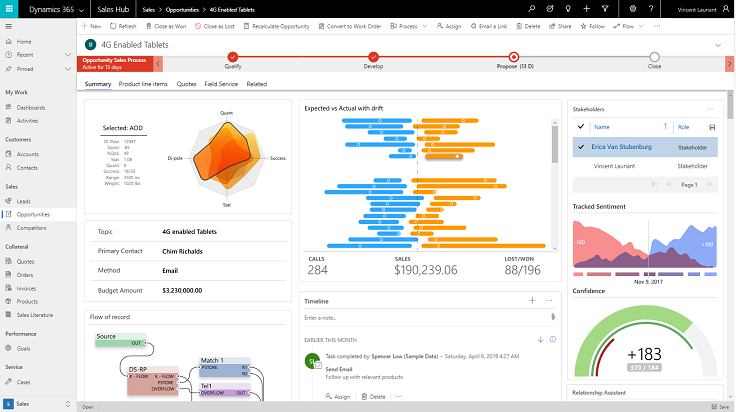Beyond the citizen developer: Why pros see promise in Microsoft's PowerApps component framework

Sample PCF controls in Dynamics 365 Customer Engagement | Source
The era of “do-it-all” citizen developers in Microsoft PowerApps might be coming to an end.
That's because, as part of the effort to mature the platform, Microsoft has been steadily advancing new tools and capabilities designed especially for the professional developer community.
Now in public preview, the PowerApps component framework (PCF) for model-driven apps is one such improvement, allowing developers to build custom interfaces for PowerApps, such as sliders, buttons, gauges – anything beyond what Microsoft provides by default. Microsoft has also released a public preview of PowerApps CLI, a developer command line interface that lets developers build custom components for PowerApps faster and more efficiently.
The progress on these tools has encouraged early adopters, who believe developers will have a unique role in the future of Microsoft business applications, with a range of tools at their disposal from configuration through customization with a range of languages and development packages.
Empowering developers
"(PCF) is a significant step towards empowering [third]-party developers to build compelling visual components using the same framework which Microsoft team uses," stated Microsoft's Hemant Gaur, product owner for the PowerApps component framework, in a blog post. "The framework enables developers to create fully custom components for use across the full breadth of PowerApps capabilities."

Rich text PCF control | Source
The framework is also the foundation for the new Unified Interface released with Dynamics 365 for Customer Engagement apps version 9.0 that uses responsive web design principles to provide the best viewing and interaction experiences for any screen size, device, or orientation, Gaur stated.
PCF has been exciting for developers, according to Microsoft MVP Andrew Ly, associate director and Microsoft Dynamics 365 specialist at KPMG Australia.
"Microsoft has been pushing the low-code and no-code aspects of the platform which, don't get me wrong, has been fantastic from a user experience perspective," Ly stated via email. "But now we get a chance to completely change the experience for our users through some pro development, and in a way that's 100 percent supported."
FREE Membership Required to View Full Content:
Joining MSDynamicsWorld.com gives you free, unlimited access to news, analysis, white papers, case studies, product brochures, and more. You can also receive periodic email newsletters with the latest relevant articles and content updates.
Learn more about us here